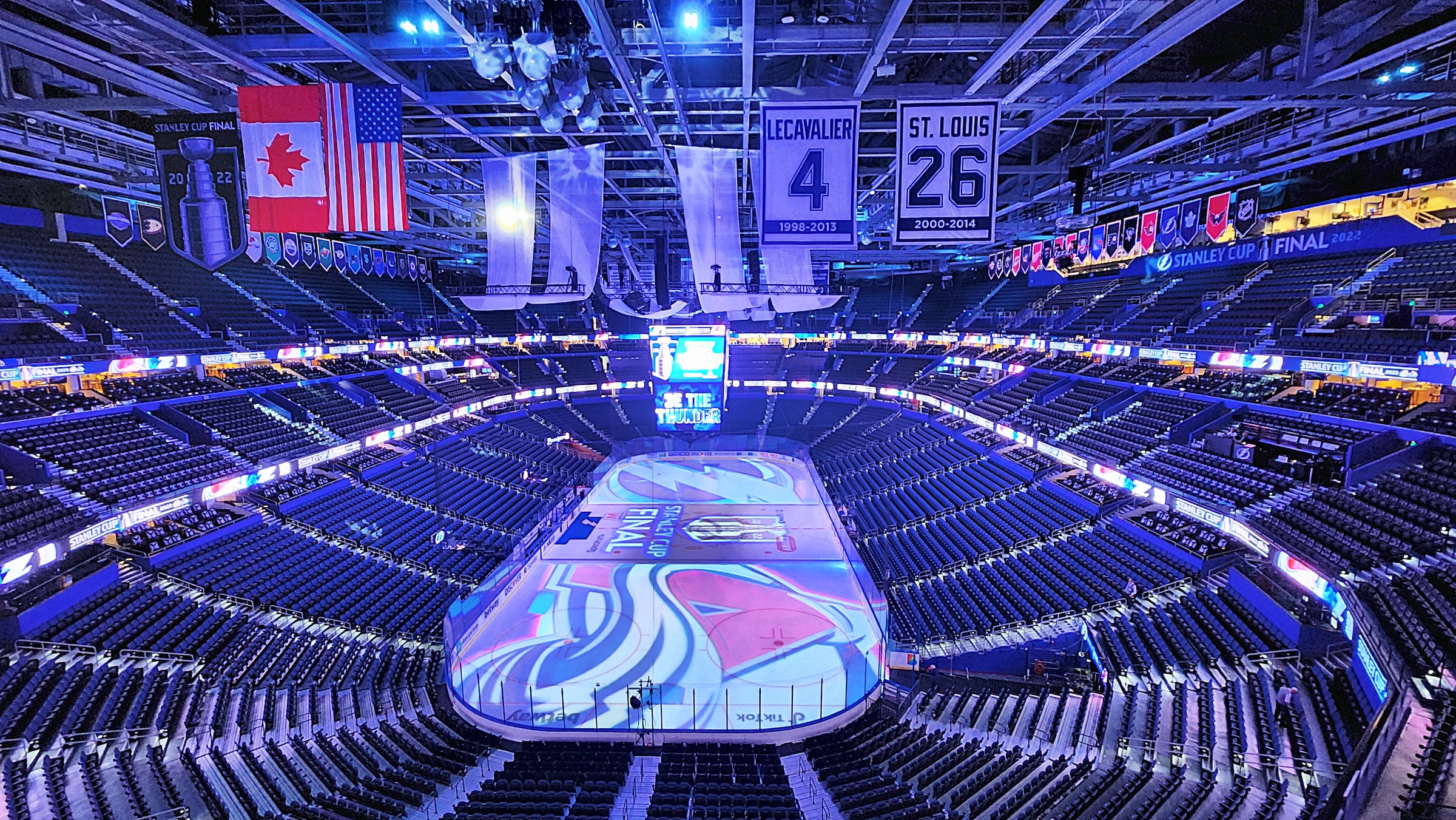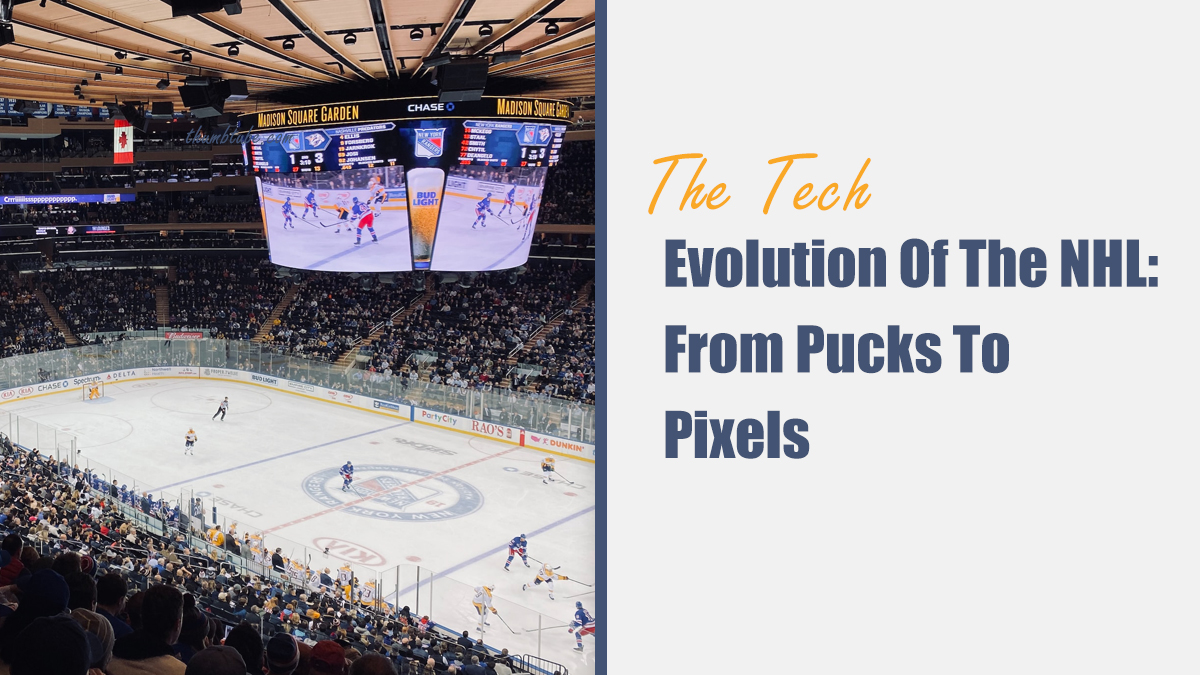Ice hockey has been around for well over a century, with the National Hockey League (NHL) being established in 1917. NHL has grown from its humble beginnings as a small group of teams in Canada and the United States to a global phenomenon with 31 teams in North America.
Along with its growth, the NHL has seen many technological changes, which have helped to improve the game in a variety of ways. For instance, you can now access expert NHL picks and parlays on your mobile phone and make massive profits.
In this article, we will explore how technology is changing the NHL and how it is impacting the game and the fan experience.
Puck Technology
In the NHL, the humble puck has come a long way. Pucks were originally made of rubber or cork and were often handcrafted by local artisans. Today, pucks are manufactured to exact specifications using cutting-edge technology.
The NHL employs “smart” pucks that can track their location on the ice and provide information such as speed, trajectory, and distance traveled. This information is used to provide real-time analytics on player performance and to make instant replay decisions.
Instant Replay

The use of instant replay is one of the most significant changes brought about by technology in the NHL. Instant replay, which was introduced in 1991, allows referees to review specific plays to ensure that they have made the correct call. The importance of this technology cannot be overstated, as there has been a decrease in the number of incorrect calls made by officials since its implementation
In recent years, the NHL has introduced a new feature called “coach’s challenges.” Coaches can appeal an official’s decision and have the play reviewed. This has resulted in more accurate and fair game decisions.
Player Tracking
In the past, coaches and scouts would have to rely on their observations and intuition to evaluate players. But today, player tracking technology has eased the whole process and provides a wealth of data that can be used to analyze everything from a player’s skating speed to their shot accuracy.
This technology collects data on players’ speed, acceleration, direction, and other key performance metrics using sensors embedded in their equipment. This data is then analyzed to provide insights into player performance and identify areas for improvement.
Virtual Reality
Virtual Reality (VR) has emerged as a valuable tool in the world of sports in recent years, and the NHL is no exception. VR technology is being used by fans as well as players. It allows players to practice their skills and experience game situations in a safe and controlled environment. Coaches can analyze and provide personalized training to players using VR.
Fans, on the other hand, can now experience the game like never before, with 360-degree views of the action and the ability to immerse themselves in the game, thanks to the advent of VR. This technology places fans right in the middle of the action, adding a new level of excitement to the game.
Use of Pixels
Pixels are tiny sensors embedded in the goal frame that is used to determine whether a puck has completely crossed the goal line and scored a goal. The sensors are linked to computers, which use sophisticated software to track the movement of the puck and determine its precise position in relation to the goal line.
When the entire puck crosses the goal line, the system sends a signal indicating that a goal has been scored. This technology, known as “Goal-line technology” or “GLT,” has been implemented in various professional ice hockey leagues to assist referees in making more accurate calls in situations where determining whether a goal has been scored can be difficult.

Overall, the NHL’s technological evolution has been remarkable. The league has progressed from humble beginnings to a high-tech world of analytics and virtual reality. It’s an exciting time to be an NHL fan, and we’re excited to see what the future holds.
